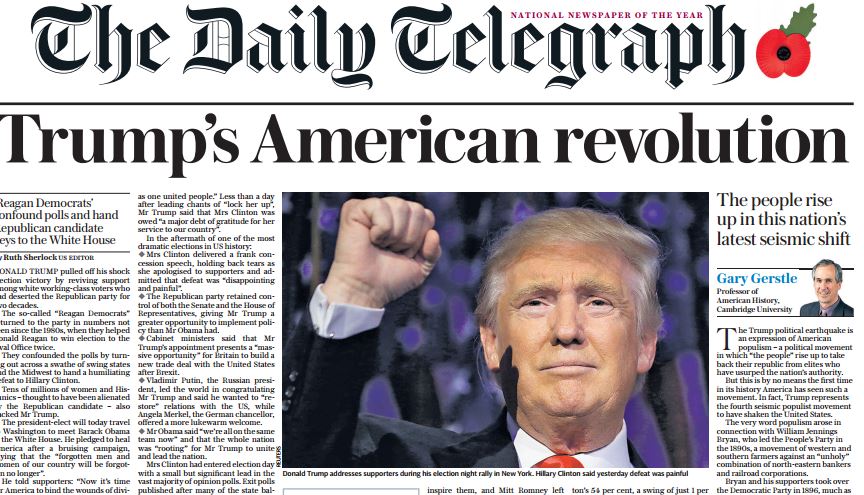In recent years, the landscape of American politics has changed significantly by a upsurge of grassroots movements taking the attention of the public's attention and redefined the dialogue at all levels of governance. As traditional party lines blur, the rise of independents signals a potential shift in the way citizens interact with political issues and express their collective will. As the 2025 election countdown underway, voters are increasingly seeking new alliances and progressive platforms that echo more truthfully with their lived experiences.
Beginning with the renewed zeal of protests to the rise of the youth vote as a game changer, grassroots activism has become a formidable force in shaping policy discussions and challenging the status quo. As we delve into the complexities of this new political era, we will examine key topics such as power plays in Washington, the implications of the Supreme Court's next big decision, and the struggles surrounding issues like impeachment, climate politics, and election interference fears. In this investigation, we aim to showcase how these dynamic movements are not only influencing the current political climate but also laying the groundwork for future generations of leadership.
Grassroots Movement: The Rise of Independents
In recent years, grassroots campaigns have gained significant traction within the political landscape, greatly influencing the rise of independent candidates. As established party affiliations diminish, a growing number of voters are identifying as nonpartisans, seeking alternatives to the dominant two-party system. These independent campaigns harness the power of social media, community organizing, and local activism to rally support, breaking down the obstacles that have long defined American politics.

As the countdown to the 2025 vote begins, the focus on independent candidates and their distinct platforms is growing stronger. Voters are becoming more selective, looking for leaders who resonate with their values rather than strict party loyalty. This shift is reshaping campaign strategies, as candidates are compelled to engage personally with constituents and address the issues that matter most to them. The emergence of nonpartisans signals a desire for more inclusive and responsive governance.
Additionally, the momentum behind grassroots movements reflects a broader discontent with the status quo. Issues such as climate change, social justice, and economic inequality have inspired vast numbers of citizens to take action. As protests flare up and activists organize, the sense of urgency for political change is palpable. Nonpartisans, often seen as alternatives, may leverage this energy to challenge incumbents and reshape the political narrative leading into the 2025 elections.
Engaging the Youth: The 2025 Game Changer
As we near the 2025 elections, the engagement of youth is ready to play a pivotal role in molding the political climate. This segment, consisting of young voters aged from 18 to 29, has shown an rising willingness to get involved in the political sphere, driven by pressing issues like the climate crisis, educational change, and social justice. With community efforts gaining traction, young voters are not only defining the discussions but also questioning traditional political structures that often dismiss their concerns.
The growth of digital platforms has boosted the voices of the youth, allowing for quick organization and unified efforts like never before. Platforms such as Tik Tok, Instagram, and Twitter have become stages for political discourse, where youth-driven initiatives can quickly generate awareness and rally support. This online involvement is essential as it helps to foster a sense of unity and collective goal, empowering the younger generation to channel their anger into votes at the polls.
As political candidates gear up for the forthcoming election, the goal will be to connect with this active voting demographic meaningfully. Political parties must acknowledge that engaging the youth goes beyond superficial commitments; it demands a promise to responding to their specific desires and goals. Candidates who can connect genuinely with the younger demographic may find themselves at a considerable advantage, shifting the momentum in what could become a transformative election cycle.
Political Alliances Ahead
As politics continues to evolve, political alliances is also being redefined. Traditional party lines are increasingly blurred, with a growing number of elected officials willing to work together across ideological divides. This trend highlights an immediacy to address pressing national issues, pushing leaders to seek cooperation even with those they may not fully see eye to eye with. The emergence of new partnerships showcases a desire for new approaches to governance, as politicians aim to unite various viewpoints to address intricate challenges facing the country.
The rise of grassroots movements has played a pivotal role in shaping these future alliances. Click for source is prompting elected officials to interact with their voters in meaningful ways, leading to cooperative actions that transcend party loyalties. Cross-party projects focused on areas like climate change, civil rights, and economic overhaul are gaining support, demonstrating the power of collective action. These movements encourage politicians to focus on the needs of their communities over party loyalty, thus creating unexpected partnerships that can possibly alter the dynamics of the political landscape.
Looking ahead, the challenge will be maintaining these alliances in an increasingly polarized environment. While there is a clear appetite for working together, external pressures such as public opinion and partisan rhetoric may threaten the stability of these partnerships. To keep moving forward, Political Potatoes must remain open to discussion and negotiation, understanding that effective governance often requires moving beyond traditional boundaries. As fresh voices emerge in politics and the voting public continues to seek transformation, the future of political alliances will rely on the ability to manage conflicts while fostering unity around mutual aims.
